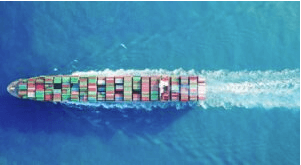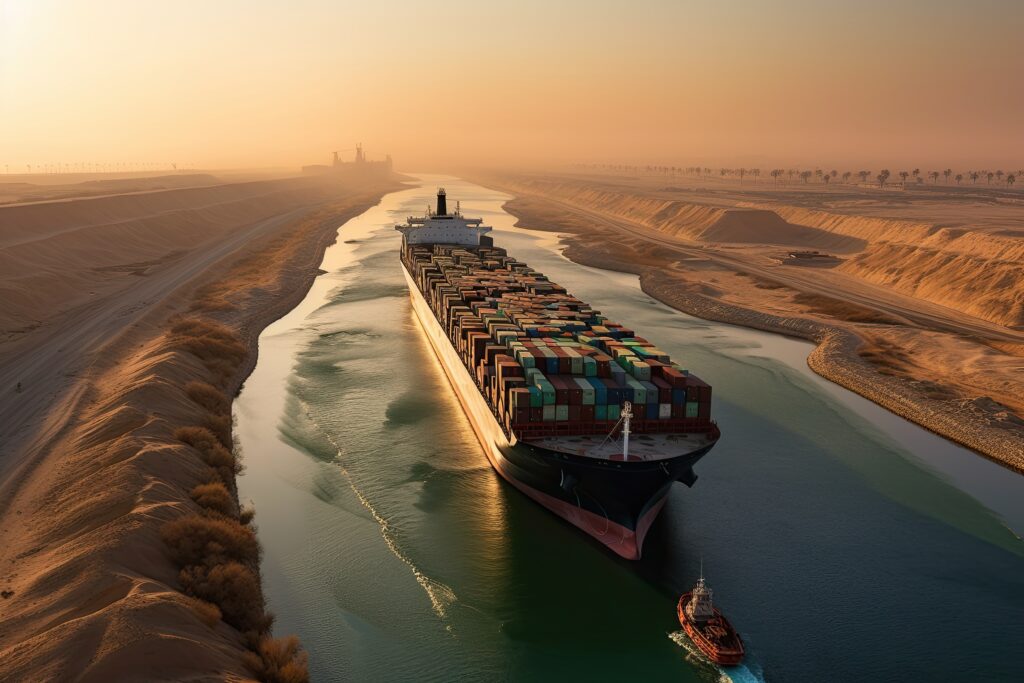European shipping lines are suffering from dependency on dollar exchange rate
For years, the worldwide container shipping industry has been in a crisis. Low demand and an overcapacity on the global market have been holding the freight rates on a low level. In addition, doing business in US dollars is an industry-specific risk that also scares of investors.
For more than seven years, shipping lines worldwide have been struggling with the lasting crisis in the container shipping industry. While the market keeps stagnating, a clear surplus can be seen on supplier’s side. Freight ships with ever increasing load capacity and the merging of shipping lines into alliances have been steadily pushing the container transport prices onto a level that hardly allows many international freight forwarders to cover their own freight costs.
Profit depends on the dollar exchange rate
The decreasing prices for container transport, from which international freight forwarders suffer as well, are not the only problem. In 2014 alone the shipping lines’ freight rates fell by more than 20% on 934 US dollars. In addition, the dependency on factors which are hard to calculate are a problem for European shipping lines: the fact that the world wide trade is being done in US dollars makes long-term forecasts almost impossible in view of the exchange rate which often changes within a short time. This is not only causing a struggle for the shipping lines but also scares of investors, especially since this is contrast to the long-term funds in this industry. In general, the returns dependency on the short-term exchange rate is not very attractive for investors. In view of the weak euro, European investors in particular see hardly any reason to invest into container transport.
Missing money for investment
The other reason why that is a problem is the fact that without being able to calculate equity and debt on a long-term, an end to the crisis is hardly possible. About one fifth of the shipping lines’ costs are created by the price of marine diesel. Because of the high dependency on this price for the ship ride’s profit, international freight forwarders would actually always be forced to do short-term adjustments of the fleet line-up.
If the diesel price is high, in the ideal case shipping lines go for so called „Slow Steaming“ with smaller and more energy efficient freight ships with broad hull. If the price is decreasing again, the use of big freight ships with high speed would be reasonable. However, the money for such short-term investments is lacking in this crisis, which has been lasting for seven years now. In addition, international freight forwaders are complaining about the high pressure on the freight rates. This pressure keeps the shipping lines’ profit and potential investment capital down, even with cheap diesel prices. And in view of the container transport prices – which cannot even cover the ship ride costs for many shipping lines – even a weak dollar would not necessarily improve the situation for European shipping lines. So, while the industry’s risks often have been carried by the freight forwarders themselves, even with a good exchange rate and low diesel prices they hardly make any profit. An end of the crisis is still not in sight.








